Description
The Harmony of Feng Shui Art
Feng Shui art is more than visual beauty—it is the ancient practice of balancing energy, inviting harmony, prosperity, and well-being into life and space. Rooted in the 3,000-year-old Chinese philosophy of Feng Shui, this art form is designed not only to decorate but also to transform the energy of an environment. By aligning colors, symbols, and elements with natural forces, Feng Shui art becomes a powerful tool for creating balance and positive flow.
The Philosophy of Feng Shui
The word Feng Shui literally translates to “wind” and “water”—two natural elements that shape the environment and sustain life. The philosophy emphasizes the flow of Chi (life force energy), which moves through spaces just as wind and water flow through nature. When Chi is balanced, it brings health, happiness, and abundance. When blocked, it can cause stress, stagnation, or imbalance.
Feng Shui art helps guide Chi in the right direction. By placing artworks with intentional colors, patterns, and symbols, one can harmonize energy within a home, office, or meditation space.
Symbolism in Feng Shui Art
Every element in Feng Shui art carries meaning:
-
Dragons symbolize strength, power, and protection.
-
Lotus flowers represent purity, growth, and spiritual awakening.
-
Cranes stand for longevity and peace.
-
Koi fish signify abundance and wealth.
-
Mandala-like circles represent wholeness and harmony.
Even abstract designs in Feng Shui art are carefully aligned to evoke balance and positivity.
Colors and Their Energies
Feng Shui art places great importance on colors, as each color corresponds to one of the five elements—Wood, Fire, Earth, Metal, and Water. These elements, when balanced, create harmony in life:
-
Green (Wood): Growth, healing, and renewal.
-
Red (Fire): Passion, success, and vitality.
-
Yellow & Brown (Earth): Stability, nourishment, and grounding.
-
White & Gold (Metal): Clarity, focus, and prosperity.
-
Blue & Black (Water): Wisdom, calm, and flow.
Choosing the right Feng Shui artwork for a space ensures that the energy supports your intentions, whether they are for health, wealth, relationships, or inner peace.
Feng Shui Art in Home and Workspaces
In interior décor, Feng Shui art is often placed intentionally to attract positive energy:
-
Living rooms benefit from landscapes or family-centered art that promotes togetherness.
-
Bedrooms are enhanced by calming artworks that inspire love, intimacy, and rest.
-
Workspaces thrive with motivational and abundance-oriented art, such as koi fish or flowing water scenes.
-
Meditation spaces are best supported by spiritual symbols, mandalas, or serene natural imagery.
Each placement serves as more than decoration; it becomes an energetic guide to shaping life’s flow.
The Healing Power of Feng Shui Art
Beyond aesthetics, Feng Shui art has a calming and healing impact. The symmetry, symbolism, and alignment with natural elements invite peace of mind and emotional balance. Gazing upon a Feng Shui artwork can evoke relaxation, reduce stress, and open the heart to positivity.
This is why Feng Shui art is often chosen for yoga studios, meditation rooms, spas, and wellness centers—it aligns body, mind, and spirit with harmony.
Modern Relevance of Feng Shui Art
In today’s world of stress and speed, Feng Shui art has found renewed importance. People seek not just beauty in art but meaning and energy that can enhance their lives. Modern artists blend traditional Feng Shui principles with contemporary designs, making the art form accessible and versatile for every kind of space—whether minimalist, eclectic, or traditional.
With growing awareness of mindfulness and holistic living, Feng Shui art resonates strongly with individuals who wish to bring balance into their environments. Its appeal lies not only in its symbolism but also in its universal promise: harmony, prosperity, and well-being.
A Timeless Path to Balance
Feng Shui art is a reminder that spaces are not just physical—they hold energy that shapes our moods, relationships, and success. By choosing the right symbols, colors, and placements, we can transform our surroundings into sanctuaries of positivity.
It is more than decoration—it is intentional, soulful, and timeless. A piece of Feng Shui art is both a visual delight and an energetic blessing, enriching life with harmony and balance.

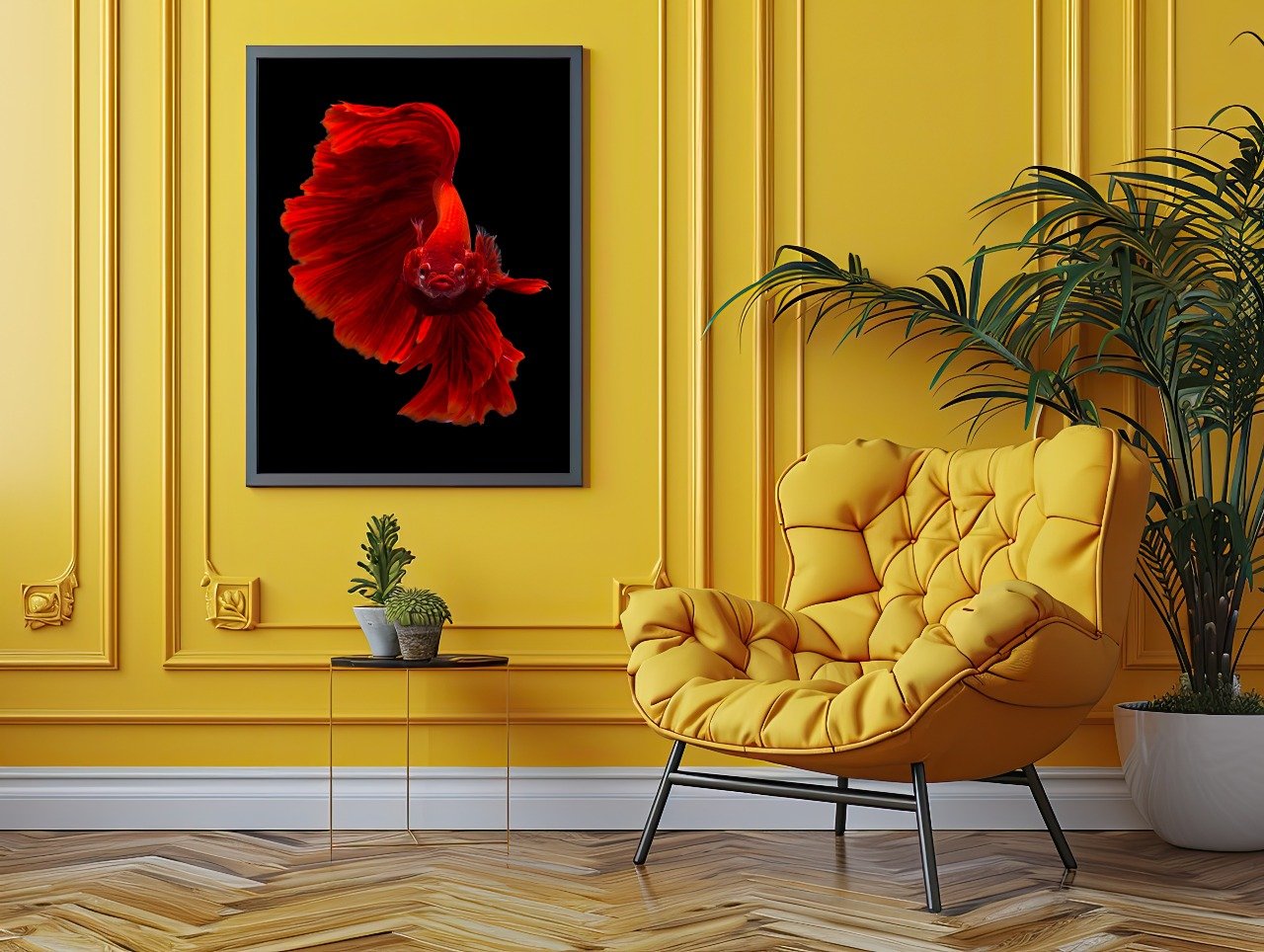
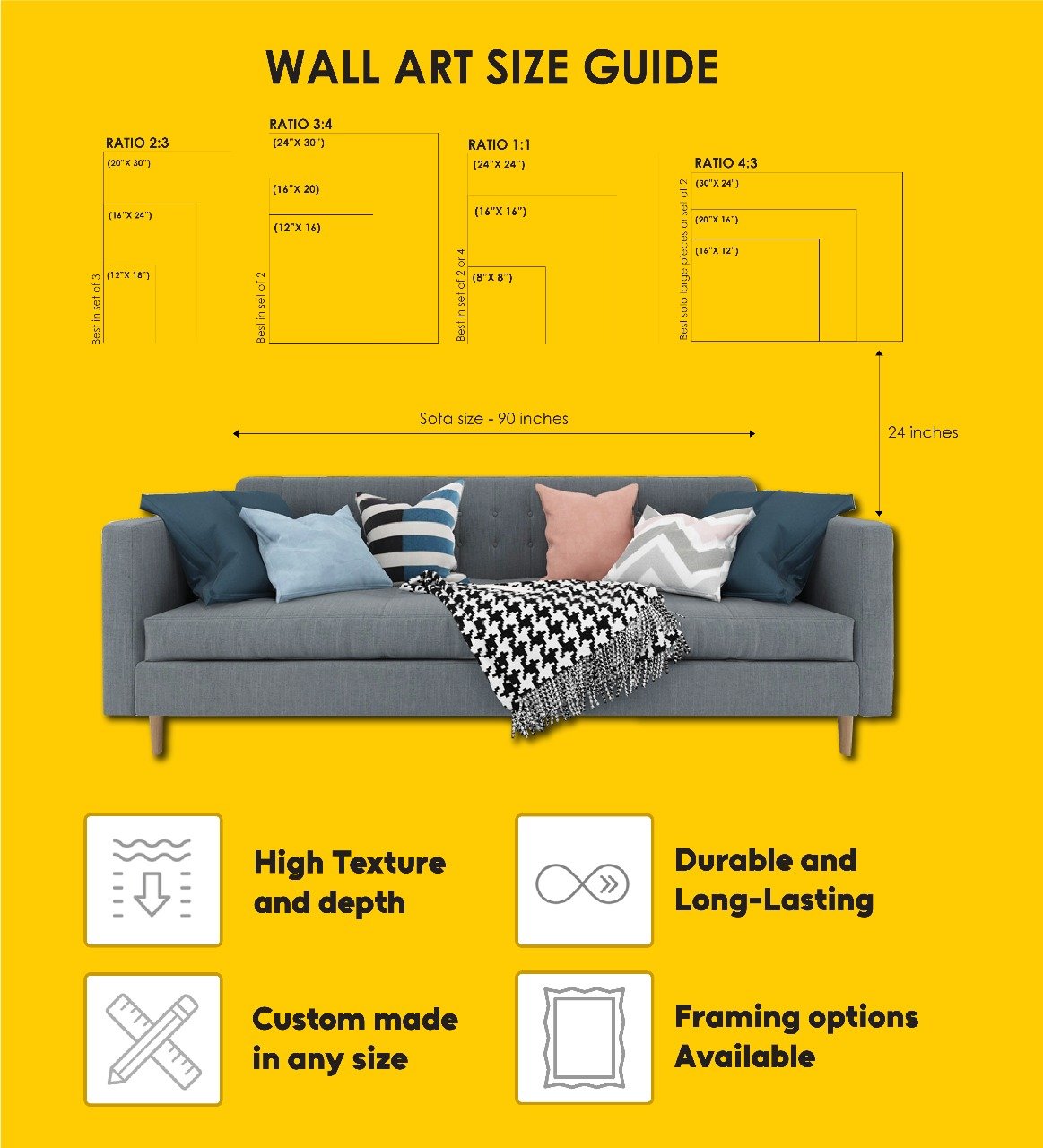
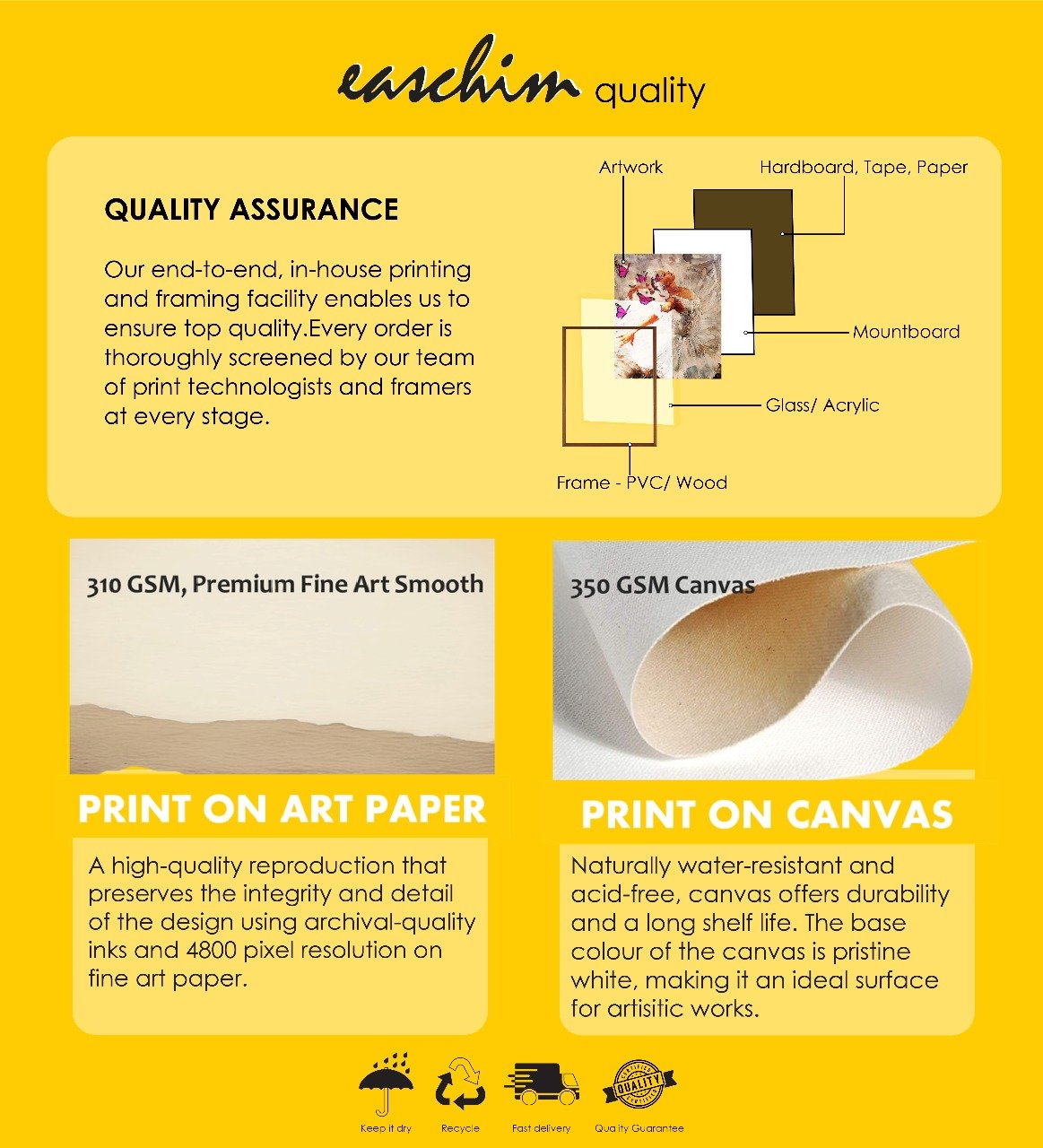
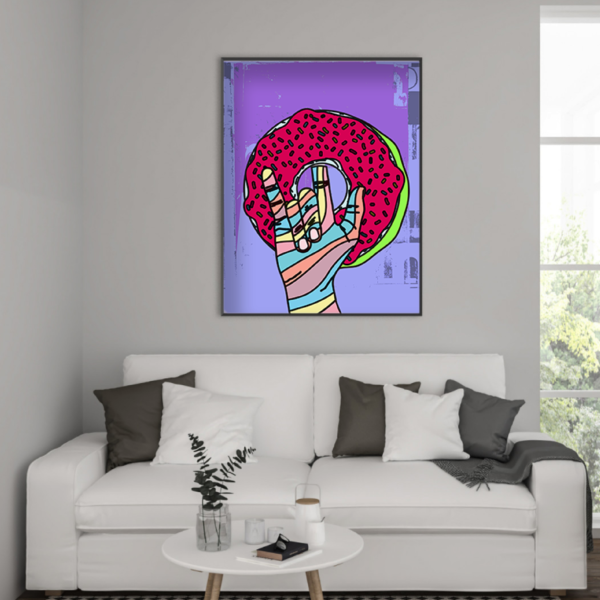
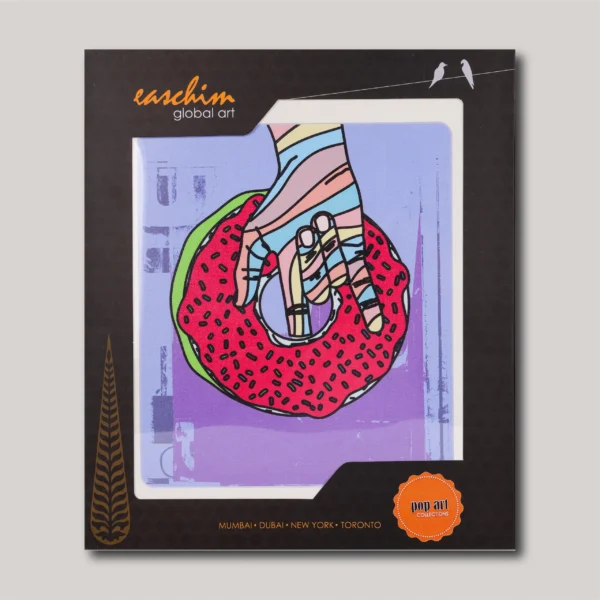
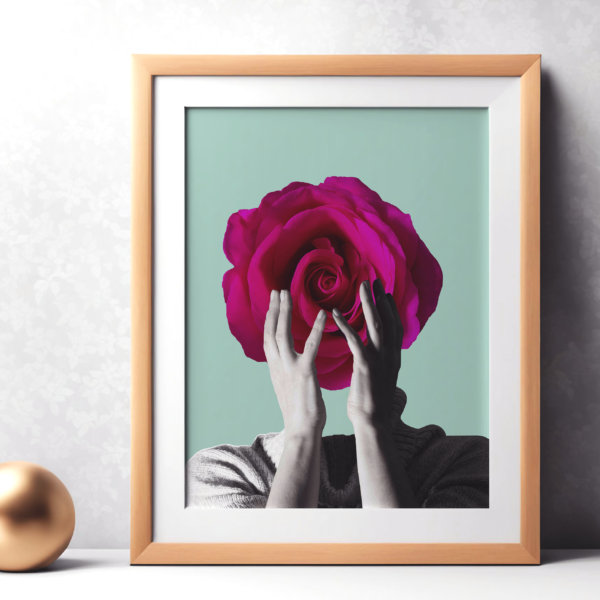
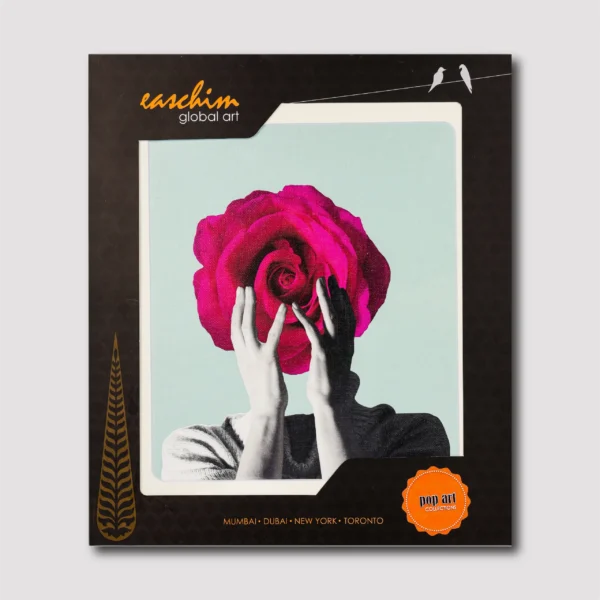
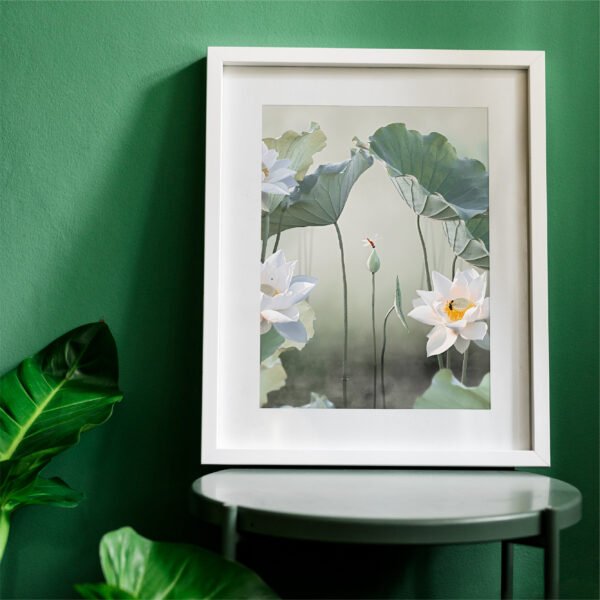
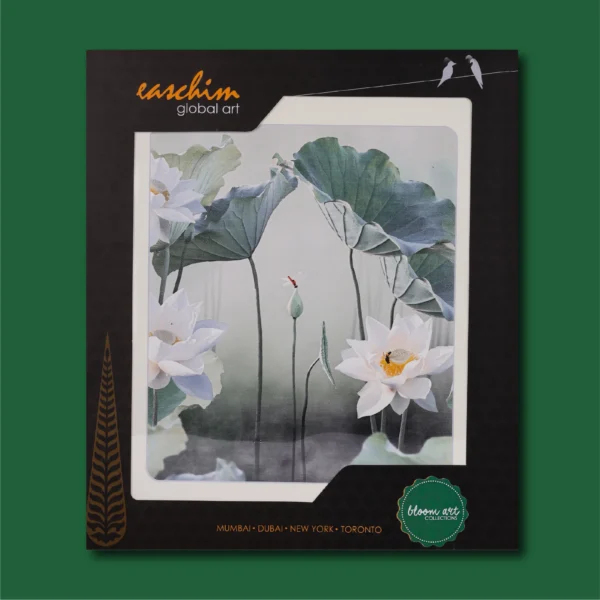

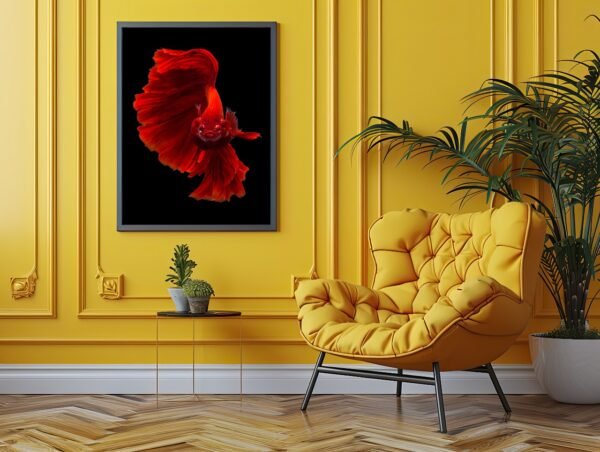

Reviews
There are no reviews yet.